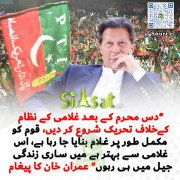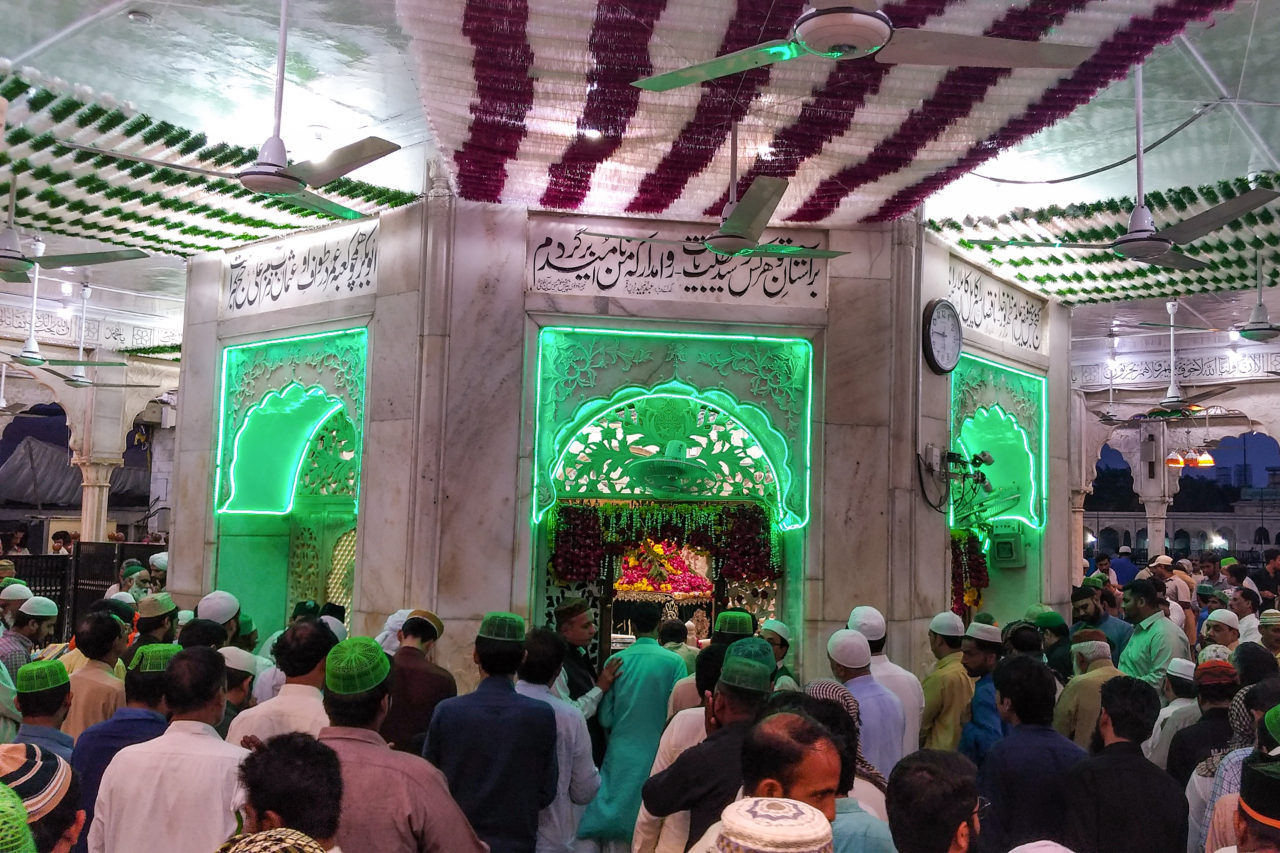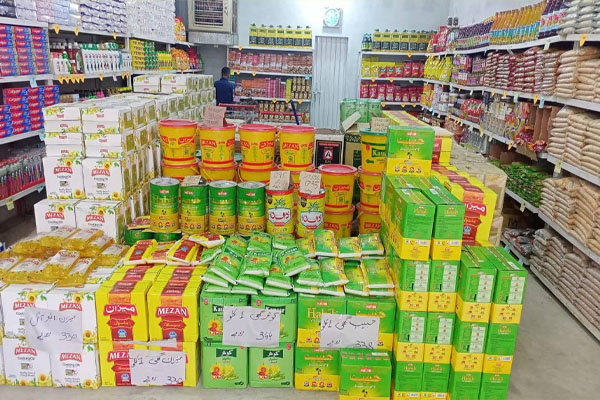[h=1]5 common myths about solar energy for the home[/h]
Print Email
Provided
May 11, 2013 12:00 am •
Michelle Krueger Times Correspondent
Solar panels have come along way in recent years. Just ask renewable energy expert Kevin Moore, president of Midwest Wind and Solar.
“The concept of solar power has been around for many years,” he said. “But until recently, its reach in the US has been limited to mainly those leading the environmental movement. Now, as better methods for capturing and converting the sun’s rays into usable energy have been developed, it’s becoming more widely adopted.”
In pursuit of the extraordinarily green goal of entirely converting to renewable energy sources by the year 2050, Germany is the world leader in solar energy. Spain, the leader as of 2008, is now second, followed closely by Italy and Japan.
The US is in fifth place, with the market for residential solar panels showing strong growth through the recession. California leads all states with about 60 percent of the country’s total solar energy installations.
Here in the Midwest, Moore is making some headway. Currently, the board in his office is loaded with solar energy installation projects throughout the company’s designated service area of Indiana, Illinois and the lower peninsula of Michigan. However, even with a diverse mix of residential and commercial projects in the works, Moore believes many Americans still struggle with separating the facts from common misconceptions when it comes to solar energy.
So, in order to better understand how solar energy can be a viable way to green your home and save energy, Moore provides the facts to debunk theses top 5 myths:
Myth 1: You have to live in a very sunny climate to get results. Everybody thinks the Midwest has too many dark, cloudy days to make solar energy viable. However, modern solar panels are designed to work in a wide variety of climates and get great results. Many people are also surprised to learn that our area actually out-produces Florida four months of the year (see chart).
Plus, Germany, the world leader that’s most definitely not known for its blazing sunlight, added a record number of solar panels last year.
Myth 2: They are expensive. Keep in mind that solar isn’t necessarily an all or nothing proposition. You can start off with just a few panels. Then, consider the fact that the saturation of solar panel manufacturers has brought the price down around $4.40 per kW from $5.50 in 2008.
Using the example of a typical residential installation of 12 panels, the cost would be approximately $12,672 (the current 30% federal tax credit, which is not capped, reduces that investment by $3,801 - solar panels and systems may also be eligible for local/state rebates and other savings programs). Producing an estimated 3,500 kWh per year, this system would cover about four months worth of electricity for the average American home (assuming 900 kWh per month consumption). The initial net investment of $8,871 would be recouped in 5-7 years, dependent upon actual production and consumption. With the average life of today’s solar panels guaranteed for 25 years, that means you can potentially be generating a profit for nearly two decades.
“Of course, the more you install, the bigger the pay back and lower the cost to install,” Moore said. “In my opinion, US production is poised for the next solar boom, and prices will remain fairly stable in the coming years, so there’s no reason to wait. You can get started now and add to your system in the future.”
As traditional sources of electricity such as fossil fuels continue to rise in price the need for solar energy will only grow. Plus, with the benefit of paying you back, solar panels will increasingly become important to home buyers, so installing panels and being able to demonstrate savings should contribute to resale value down the line.
Myth 3: They require a great deal of maintenance. Actually, nothing could be farther from the truth, according to Moore.
“If you clean the dust or dirt off twice a year, it’s been shown to help production by about 2 percent,” he said. “But, there are no moving parts to maintain, and snow is actually self clearing.”
Myth 4: You need batteries. Again, no.
“With NIPSCO’s net metering or feed-in tariff, you are tied to the grid,” Moore said. “I like to refer to it as the virtual battery. Your solar system is generating energy all day while you are away at work - your credits go on the grid. Then, when you return home in the evening, it’s dark - your credits return home.
Myth 5: Hail will damage solar panels like roofs. While they are made of tempered glass, solar panels are UL Laboratories rated to withstand a 1” hail stone while mounted flat (or perpendicular to the hail stone). However, since solar panels are not normally installed flat but on an angle, they can resist up to 2” hail stones because of the deflection angle.
One final note, in the last few years there have been great improvements in the size, shape, thinness and overall appeal of solar panels. Today’s panels are designed to work better with modern rooflines, are less obtrusive and can integrate with existing home systems.
http://www.nwitimes.com/lifestyles/...cle_cb8e99e6-b29b-53e9-89e2-10ae4659ea52.html


























